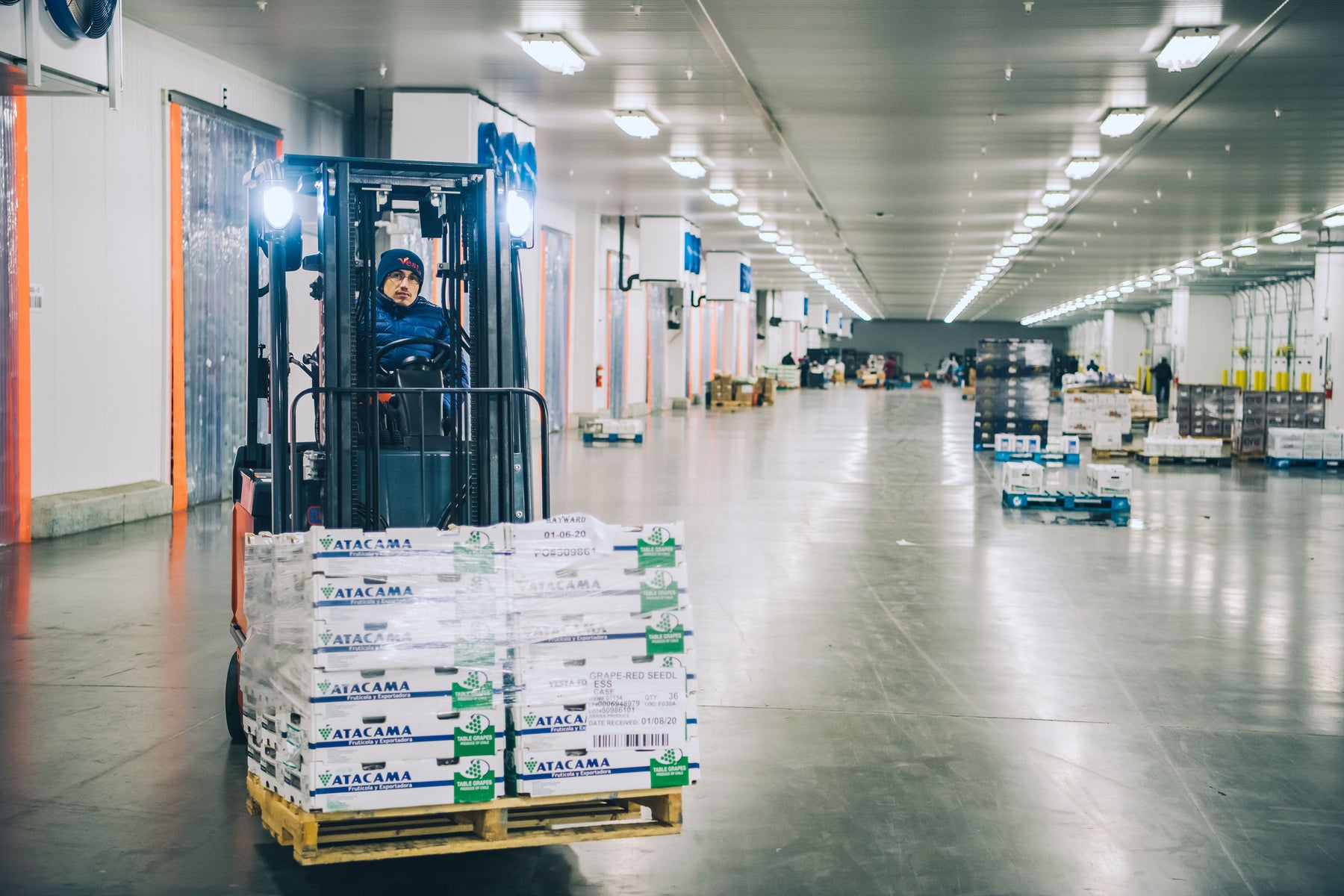
Strategies to Prevent Your Lift Truck From Tipping Over
When lift truck accidents and incidents take place, they often happen in predictable and preventable ways. Lift trucks can injure pedestrians or collide with other moving or stationary objects when drivers are distracted, or their senses are compromised. They can lose traction on unstable surfaces. They can puncture, damage or drop loads and products when the loads are approached or carried incorrectly. And most critical and destructive of all, they can tip over. Since the very first rudimentary lift truck design rolled out onto the warehouse floor in the mid-1800s, tipovers have been a primary concern for manufacturers and operators. And while no perfectly tip-proof truck has appeared on the marketplace, stabilization mechanisms and technology improve with every passing year.
Operator training also improves. And ideally, with a combination of state-of-the-art equipment and excellent training, your workplace can make tipovers unlikely, if not impossible. Here are a few steps you can take toward that goal.
First, recognize that the danger is always prevalent.
Stay on guard against tips, no matter how well designed your trucks may be. Even the most sophisticated SAS system in the world can’t change a ratio of mast height to base weight that works against stability. On slopes, uneven surfaces, and while carrying loads that defy manufacturer specifications, tips can and do happen. Vigilance and culture of safety can stop them before it’s too late.
Second, train operators for emergencies, not just standard tasks.
Prevention is important, but emergency response training can also save lives. Show operators how to right a truck that threatens to tip forward or to the side, and how to recover balance and control if a truck loses traction and stability around a tight turn or on an incline.
Invest in trucks that match your workplace.
All workplaces involve various hazards, but your own workplace comes with a specific set of unique challenges. Do you operate trucks on gravel surfaces? Do your trucks move back and forth from indoor to outdoor settings? Even something as simple as high turnover can impact safety, since you may be dealing with a constant flow of new and inexperienced operators. Choose a truck with a stability system and features (narrow aisle, high reach, etc.) that help you deal with your specific challenges. Your investment will pay off over time.
Visibility, ergonomics and operator comfort.
Comfortable, nonfatigued operators are the strongest pillars against an accident. Make sure your operators are not rushed to meet deadlines, they can clearly see and hear in 360 degrees and they are protected from distractions like cold, heat, sudden loud sounds, and bright or flashing lights.


Leave a comment